Spiramycin is a macrolide antibiotic that is given to pregnant women infected with Toxoplasma gondii It reduced placenta infection by 60 percent The recommended dose is 3 g/day, every 8 hours Spiramycin is administered from when the infection is diagnosed until delivery MartinRabadan et al (1999) SulfadiazineDosage 2550 mg/kg PO q12h When combined with spectinomycin, (for most species) 50 mg/kg PO q24h When combined with spectinomycin, (for waterfowl) 750 mg/L drinking water x 37 days When combined with spectinomycin, (for turkeys) 528 mg/L drinking water Spiramycin not commercially available in the US May be obtained as below (see Adult Dosing) Indicated for treatment of primary toxoplasmosis in pregnant women in order to prevent congenital toxoplasmosis (IgM titer needs to be

Antibiotic Use In Poultry Production And Its Effects On Bacterial Resistance Intechopen
Spiramycin for chickens dosage
Spiramycin for chickens dosage-Nathalie (Ross) Norris is a writer, animalSpiramycin Mechanism Spiramycin is an antibacterial drug used in the treatment of toxoplasmosis in children as well as in pregnant women Indication Toxoplasmosis;



View Of Pharmacokinetics Bio Equivalence And Tissue Residues Of Two Oral Colistin Formulations In Broiler Chickens International Journal Of Pharmacy And Pharmaceutical Sciences
1cc for a full sized large adult male is 33mg/kg 1cc for a full sized small female is 66mg/kg Tylan is used mainly to treat gram positive infections or something like mycoplasma If I remember correctly, your culture/sensitivity report showed gram negative bacteria that were resistant to tylosin (Tylan)Species of your bird Chicken, Duck, Turkey, Goose, Pheasant, Pigeon, Quail, or Dove (or exotic bird) Some meds are safe for some species but damaging to others Make sure you find out correct administration Dose Number of ounces, mg's, cc's (Note 1 ml = 1 cc = 1/5 tsp), etc SafeGuard ® AquaSol must be administered orally to chickens via the drinking water at a daily dose of 1 mg/kg BW (0454 mg/lb) for 5 consecutive days Consult your Veterinarian for assistance in the diagnosis, treatment, and control of parasitism
For chickens threatened by infection, half of the abovementioned therapeutic dose can be used for prevention;Composition Contains spiramycin adipate 1 500 000iu/g Water soluble powder Dosage and Administration Administer 1 teaspoon per gallon of drinking water Dosage may be doubled in the case of severe infection Indications Prevention and as an aid in the treatment of Mycoplasma infections due to Mycoplasma gallisepticum and M synoviae in poultryThe dose and frequency of dosing of Spiramycin depends on the patient's diagnosis For treating bacterial infections, Spiramycin is usually taken twice a day Children with bacterial infections can take Spiramycin twice or three times a day For treating toxoplasmosis in pregnant patients, Spiramycin is usually taken three or four times a day
For broilers, drink water for 3 days immediately after they are out of shell, and then administer at 30 days of age 1 day;Interactions for Metronidazole Spiramycin N/A Typical Dosage for Metronidazole Spiramycin Adult 46 tab daily in 23 divided doses (Spiramycin 345 MIU and Metronidazole mg) Children 10 to 15 yrs 3 tab daily (Spiramycin 225 MIU and Metronidazole 375 mg) Children 6 to 10 yrs 2 tab daily (Spiramycin 15 MIU and Metronidazole 250 mg)In stock alternatives of Spiramycin (Cipla) (based on Spiramycin (15 mg)) Rovamycin Forte Tablet ₹ Macromycin Tablet ₹4990 Spiramycin Tablet ₹1240 Spiratox Tablet




Antibiotic Of The Week Spiramycin Squaredant



2
Spiramycin is stable in gastric juices and absorption is not affected by food In severe infections, the daily dosage may be increased by one half In the treatment of beta hemolytic streptococcal infections, adequate Spiramycin dosage should be administered for 10 daysMetronidazole is an antibiotic It's used to treat skin infections, rosacea and mouth infections (including infected gums and dental abscesses)It's used in the treatment of conditions such as bacterial vaginosis and pelvic inflammatory disease It's also used to treat infected insect bites, skin ulcers, bed sores and wounds, and to treat and prevent bacterial and parasitic infectionsSpiramycin Class Antibiotic Indications Treatment of Toxoplasma gondii to prevent transmission from mother to fetus Available dosage form in the hospital IU TABLET Dosage Mildmoderate infections Oral 6,000,000 to 9,000,000 units (46 capsules of Rovamycine® "500" per day) in 2 divided doses



2



2
For treatment of infections Adults and teenagers—1 to 2 grams (3,000,000 to 6,000,000 International Units IU) two times a day, or 500 mg to 1 gram (1,500,000 to 3,000,000 IU) three times a day For severe infections, the dose is 2 to 25SPIRAMYCIN (Extension to pigs) SUMMARY REPORT (3) 1 Spiramycin is a macrolide antibiotic used for the treatment and control of a number of bacterial and mycoplasmal infections in cattle and chickens A microbiological ADI of 50 µg/kg bw (ie 3000 µg/person) had been previously established by the Committee for Veterinary Medicinal ProductsDosages over 5 mg/kg of body weight of the bird are toxic to pet poultry Ivermectin is not effective on tapeworms Egg Withdrawal Period Has not yet been established for ivermectin however, an egg withdrawal period of 7 days would be recommended, but that is up to the owner, the eggs should not be given away or sold commercially



2



2
In stock alternatives of Spiramycin (based on Spiramycin ) Rovamycin Forte Tablet ₹ Macromycin Tablet ₹4990 Spiramycin Tablet ₹1240 Spiratox Tablet ₹4500 Spye TabletRemission for 33 days was achieved in 60% of hens treated with 100 mg oxytetracycline, in 100% of hens treated with 100 mg or 0 mg spiramycin, in 92% and 85% of hens treated with 100 mg tylosin, parenterally and orally, and in % and % of birds given 100 mg tiamulin and tylosindihydrostreptomycin, respectivelyFor general broiler chickens, the preventive dose



Erythromycin For Chickens And Ducks



View Of Pharmacokinetics Bio Equivalence And Tissue Residues Of Two Oral Colistin Formulations In Broiler Chickens International Journal Of Pharmacy And Pharmaceutical Sciences
It should be used for 3 days in a row for young chickens and adult chickens, and repeated once after 1 week if necessary; It went into his blood the vet put him on Tylan 50 400 mg intermuscular He has improved overnight I also have used the powder on my chickens, ducks, guineas, and peacocks in their drinking water and have not had no problems with them drinking it It is one of the best antibiotics that will kill the plasmid buggersSpiramycin is an antibiotic, prescribed for different types of infection Spiramycin contraindication Hypersensitivity Spiramycin dosage Adult Oral The recommended dose is 1 to 2 grams two times per day or 500mg to 1gm three times per day Child Dose is based on body weight The recommended dose is 25mg/kg, two times per day Spiramycin usage




Pdf Development And Optimization Of Hplc Analysis Of Metronidazole Diloxanide Spiramycin And Cliquinol In Pharmaceutical Dosage Forms Using Experimental Design Semantic Scholar



Issue On Prohibition Of Antibiotic Growth Promoters For Poultry Industry In Indonesia Unair News
SPIRAMYCIN Show all parts of this monograph Indications and dose Unlicensed use Cautions Sideeffects Allergy and crosssensitivity Breast feeding Hepatic impairmentA study was conducted to evaluate the effect of spiramycin on chicks artificially infected with Salmonella typhimurium Two groups (A and C) of twelve 15day old chicks received feed containing no spiramycin and two groups (B and D) of twelve 15day old chicks consumed feed containing spiramycin embonate (equivalent to mg spiramycin base/kgDrug Dose Route Comments 100 mg/lO mL diluted in sterile saline solution 1 g diluted in 50 mL Toxic for chicken and turkey Causes paresis and ataxia in chickens Toxic synergism Primary Bactericides Spiramycin or sulfonamide or Reduced antibacterial efficiency clindamycin




Antibiotic Use In Poultry Production And Its Effects On Bacterial Resistance Intechopen




Spiramycin 50 Powder Generic All Bird Products
The trial was with 480 male chickens 10 days old in triplicate groups of 16, fed to appetite to 8 weeks of age In the first part the basal diet was a normal feed with crude protein 215, meatmeal 6 and fishmeal 5% and 1845 kcal productive energy per kg Experimental diets had 5, 10, 15 or g spiramycin or 15 g aureomycin per tonne Up to 4 weeks of age spiramycin had little effect,Spiramycin is used to treat the condition of toxoplasmosis in women who are pregnant It is an anti bacterial that helps to prevent the spread of the infection to the unborn baby It must be noted however that it will not affect the seriousness of the condition in the already affected baby If you have hypersensitive reactions to macrolidesWhat is the dosage of Spiramycin?




Foods Free Full Text Influence Of Different Tetracycline Antimicrobial Therapy Of Mycoplasma Mycoplasma Synoviae In Laying Hens Compared To Tea Tree Essential Oil On Table Egg Quality And Antibiotic Residues Html



2
Contraindications Hypersensitivity to any component of product DosingDo not take it if it is near the time for the next dose, instead, skip the missed dose and resume your usual dosing schedule Do not "doubleup" the dose to catch up STORAGE Store between 59 and 86 degrees F (15 to 30 degrees C) away from heat and light Do not store in the bathroomIf your chickens are sneezy, snotty and wateryeyed, it's likely they have a respiratory infection Respiratory disease is highly contagious;



2




Antimicrobial Agents Available For Poultry Use In The Eastern Province Download Table
Metronidazole can cause diarrhea as a side effect But it may be also working on the infective cause of your dog's illness in the first place, so don't stop it without speaking to your vet Meanwhile keep your dog hydrated If you can find an unflavoured electrolyte drink like Pedialyte that would beRequest PDF Comparative Study of the clinical effects of Levofloxacin and Spiramycin on induced colibacellosis in chicken Abstract The study is mainly focusing to find the sensitivity andMISSED DOSE If you miss a dose, take it as soon as remembered;



2




Endocox Powder All Bird Products
The number one path to a healthy flock is In the meantime, please remember that the best treatment for illness is preventing illness Clean air, good ventilation, sunshine, clear water, appropriate nutrition, and a closedflock go a long way to never having to demystify poultry illness treatment!Onedayold chicks are inoculated with a virulent strain of Mycoplasma gallisepticum (MG) and given spiramycin (3 different doses) or tylosin (1 dose) for two or three days Effectiveness is assessed on different criteria mortality, symptoms, weightHow to use Administer 1 teaspoon per gallon of drinking water Dosage may be doubled in the case of severe infection Indications Prevention and as an aid in the treatment of Mycoplasma infections due to Mycoplasma gallisepticum and M synoviae in poultry Contains Contains spiramycin adipate 1




Doxycycline Hcl Spiramycin Tablets Advacare Pharma




Spiramycin
The purpose of this study was to compare the residues of Levofloxacin and Spiramycin in chicken plasma, kidney and breast muscle tissues by HPLC assay in( normal and infected tissues with E coli)at ( 0,3,5,8) day After the last therapeutic dose Sixty broiler chicken with 30 days old of mixed sexes were used in the study They were divided inExpressed as the sum of spiramycin and neospiramycin for cattle and chickens, and as spiramycin equivalents (antimicrobially active residues) for pig tissues The Committee agreed that an MRL for chicken kidney should be recommended at 800 m g/kgDOSAGE 5 g for 10 kgs livewaight or 5 g in 1 litre of drinking water during 57 days ( pigeons) ADVICE FOR USE Put sick pigeons in quarantine Treat all your pigeons, not only the sick ones After medications give your pigeons DAC MULTIVITAMINS (the day after the last day of



Pharmacokinetics And Skin Concentrations Of Lincomycin After Intravenous And Oral Administration To Cats




Safeguard For Chickens Dosage Uses And More Chicken Chicks Info
Chickens after intramuscular injection (IM) of both products in a dose of 15 mg spiramycin/kgbwt Twenty four broiler chickens were divided equally into two groups (12 chickens for each group) The first group was designed to study theUntreated it can cause a high rate of mortality in chickens and turkeys Terramycin is an antibiotic that treats bacterial infections of both birdsThe selection of the dosage based on, levofloxacin at 10 mg/kg bw considered as therapeutic dosage in the poultry birds (Varia et al, 09;




Safeguard For Chickens Dosage Uses And More Chicken Chicks Info




Hatching Superbugs
Using the MRLs for chickens (which results in the largest theoretical maximum daily intake) and a standard daily intake of 300 g muscle, 100 g liver, 50 g kidney, 50 g fat and 15 litres of milk, the theoretical maximum daily intake of antimicrobially active spiramycin residues is 440 m gBanna et al, 13) 23, 4, Therefore mg/kg ofAfter oral administration of both products in a dose of IU spiramycin and 10 mg trimethoprim/kg bwt Twenty four broiler chickens were divided equally into two groups (12 chickens for each group) The first group was designed to study the



Full Article Effect Of Lonicera Japonica Extract On Mycoplasma Gallisepticum In Naturally Infected Broiler Flocks




500 Grams Metronidazole 25 Powder Antiprotose Agents For Cattle Dogs Cats Goats Sheep Pigs Horses Zoovetpets
Spiramycin is an antibiotic, prescribed for different types of infection Spiramycin contraindication Hypersensitivity Spiramycin dosage Adult Oral The recommended dose is 1 to 2 grams two times per day or 500mg to 1gm three times per day Child Dose is based on body weight The recommended dose is 25mg/kg, two times per day Spiramycin usageSpiramycin Important The information below refers to products available in the United States that contain spiramycin Product(s) containing spiramycin Spiramycin is a known pharmaceutical ingredient However, there is no additional information currently availableAdult Oral The recommended dose is 1 to 2 grams two times per day or 500mg to 1gm three times per day Child Dose is based on body weight The recommended dose



2




Anthelmintics For Poultry Engormix




Pharmacokinetics And Tissue Residues Of Tylosin In Broiler Chickens



Bioequivalence Study Of Two Oral Doxycycline Formulations Doxysol Sup Sup And Doxymed Sup Sup In Healthy Broiler Chickens




Pdf Development And Optimization Of Hplc Analysis Of Metronidazole Diloxanide Spiramycin And Cliquinol In Pharmaceutical Dosage Forms Using Experimental Design Semantic Scholar




Ballya Spiramycin Test Ballya




Tylodox Medpet Jedds Bird Supplies



Poultry Ici Pakistan Limited
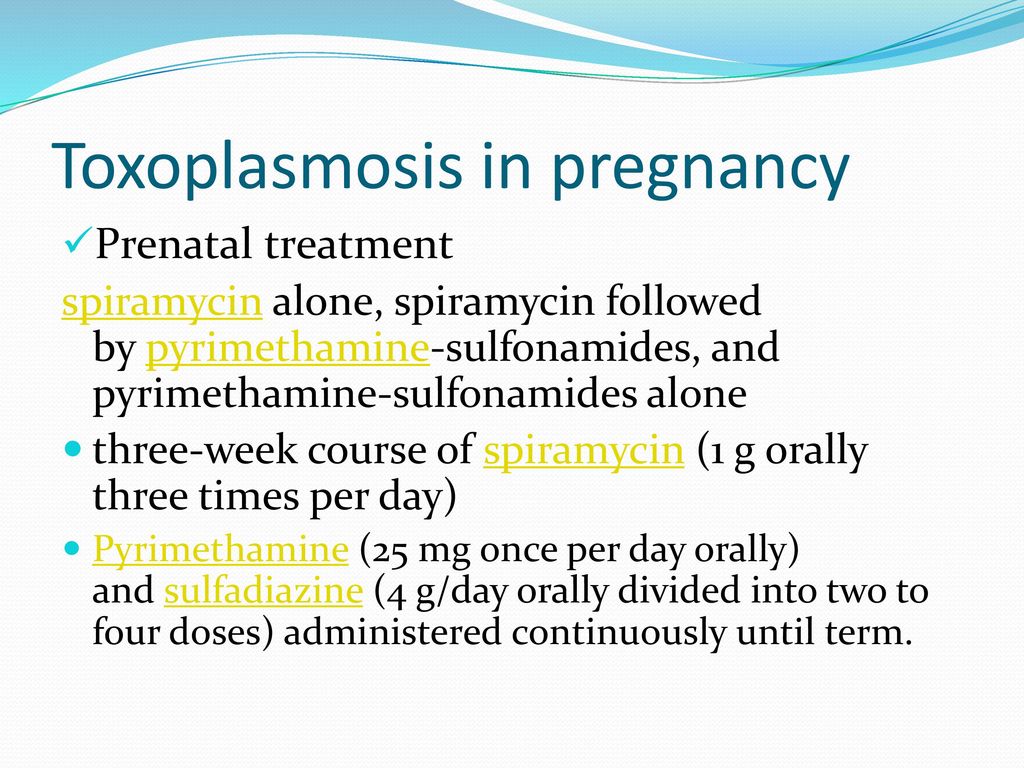



Toxoplasmosis Chicken Pox In Pregnancy Ppt Video Online Download



2




Pharmacokinetics Of Veterinary Drugs In Laying Hens And Residues In Eggs A Review Of The Literature Goetting 11 Journal Of Veterinary Pharmacology And Therapeutics Wiley Online Library
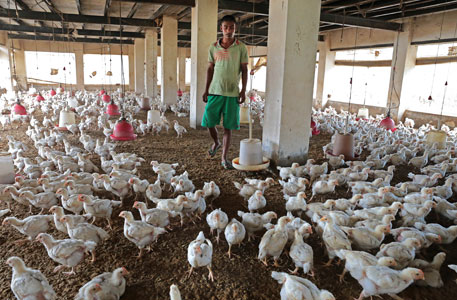



Hatching Superbugs



2



Metronidazole For Chickens And Ducks




Lincomycin Spectinomycin Water Soluble Powder



L Spec Excellence Poultry And Livestock Specialist Inc




Effect Of Macrolide Usage On Emergence Of Erythromycin Resistant Campylobacter Isolates In Chickens Antimicrobial Agents And Chemotherapy
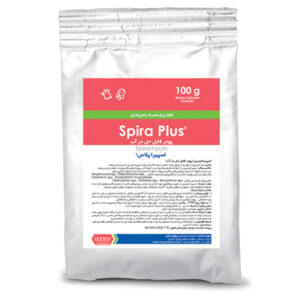



Spira Plus Spiramycin Rooyan Darou
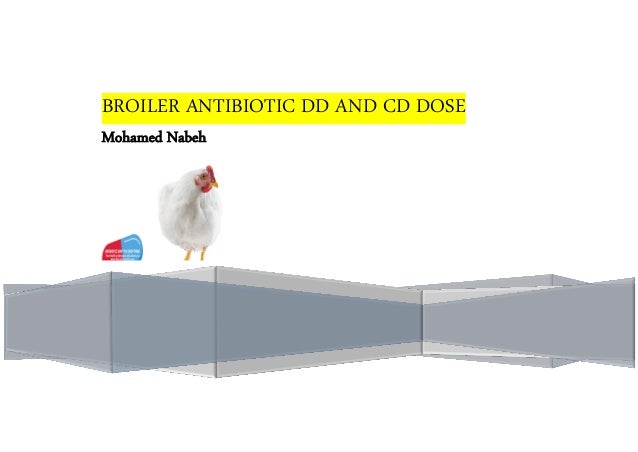



Broiler Antibiotic Dose D Dand Dc




Pdf The Effect Of Intramuscular Injection Of Spiramycin At Therapeutic Dose On Some Blood Biochemical And Hematological Parameters In Assaf Sheep




L S 50 Water Soluble Powder Zoetis Us




These Are The Drugs We Currently Have Poultryplaza Com Facebook




Ganapork F Laboratorios Ovejero



2



2
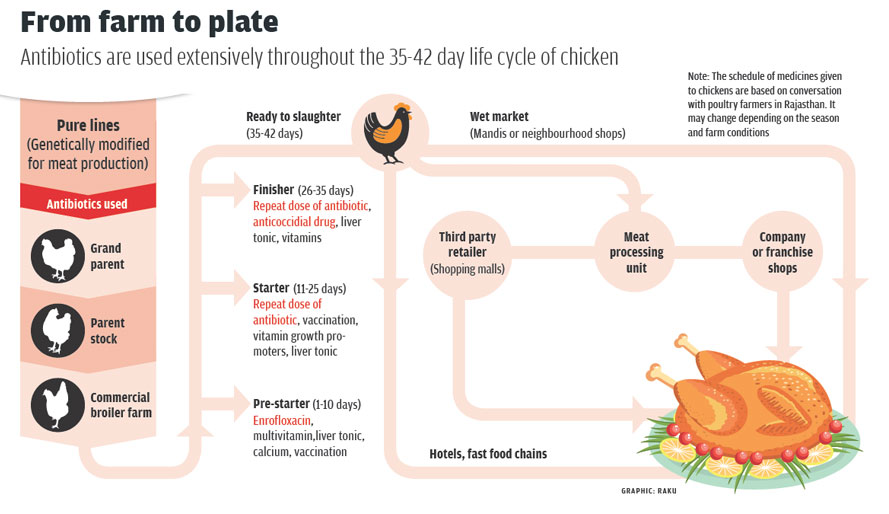



Hatching Superbugs




Diagnosis Treatment And Prevention Of Congenital Toxoplasmosis In The United States American Academy Of Pediatrics



2




Tylosin Tartrate Soluble Powders Advacare Pharma




Frontiers Colistin In Pig Production Chemistry Mechanism Of Antibacterial Action Microbial Resistance Emergence And One Health Perspectives Microbiology




Hatching Superbugs




Antimicrobial Agents Available For Poultry Use In The Eastern Province Download Table



2




500 Grams Metronidazole 25 Powder Antiprotose Agents For Cattle Dogs Cats Goats Sheep Pigs Horses Zoovetpets




Review Chinese Herbs As Alternatives To Antibiotics In Feed For Swine And Poultry Production Potential And Challenges In Application



2




Ballya Spiramycin Test Ballya




Poultry Pharmacology Veterinaria Digital



2
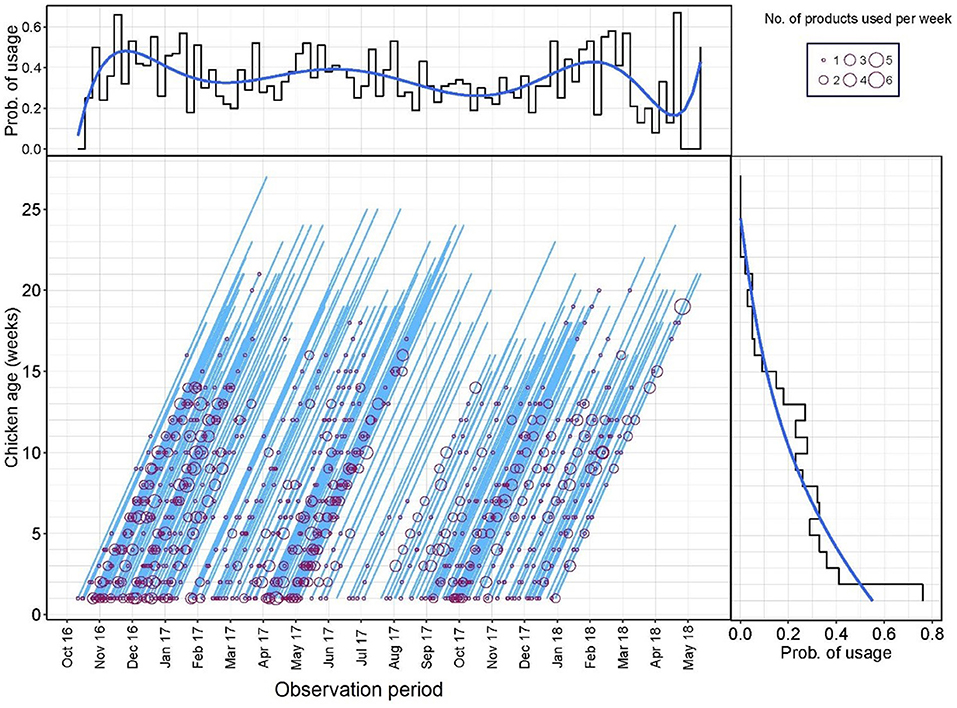



Frontiers High Resolution Monitoring Of Antimicrobial Consumption In Vietnamese Small Scale Chicken Farms Highlights Discrepancies Between Study Metrics Veterinary Science




Pdf Development And Optimization Of Hplc Analysis Of Metronidazole Diloxanide Spiramycin And Cliquinol In Pharmaceutical Dosage Forms Using Experimental Design Semantic Scholar



Topical Issues The Australian Pigeon Company



Medications That Can Be Used In Poultry No Prescription Needed Backyard Chickens Learn How To Raise Chickens



2




Spiramycin 50 Jedds Bird Supplies




Antibiotic Of The Week Spiramycin Squaredant



2




Animal Nexus




Poultry Ici Pakistan Limited



2
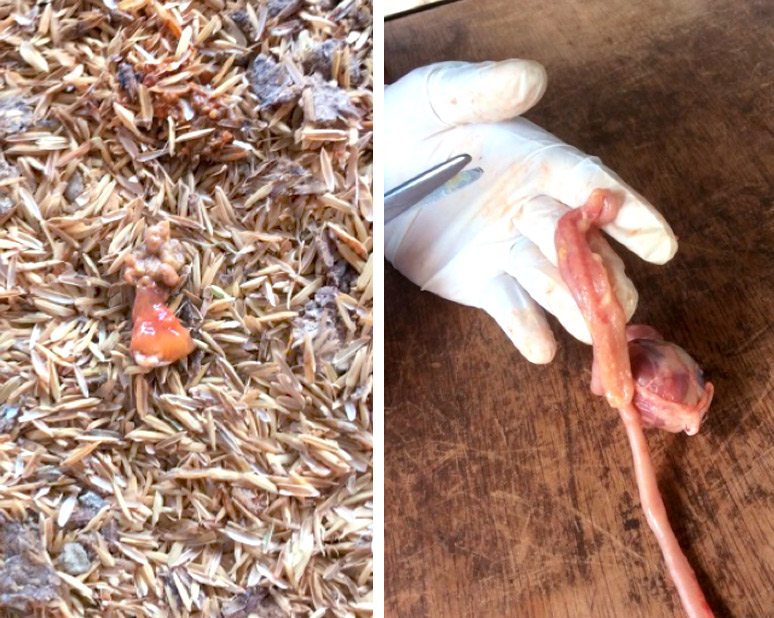



Performance Of A Live Attenuated Vaccine Against Coccidiosis In Chickens Under Asian Field Conditions Eimeria Prevention By Hipra



2




Pdf Pharmacokinetics Tissue Residues And Efficacy Of D Tylo50 25 Tylosin Doxycycline Combination In Broiler Chickens




Njeru Poultry Farm Posts Facebook



2



Spiramycin



2
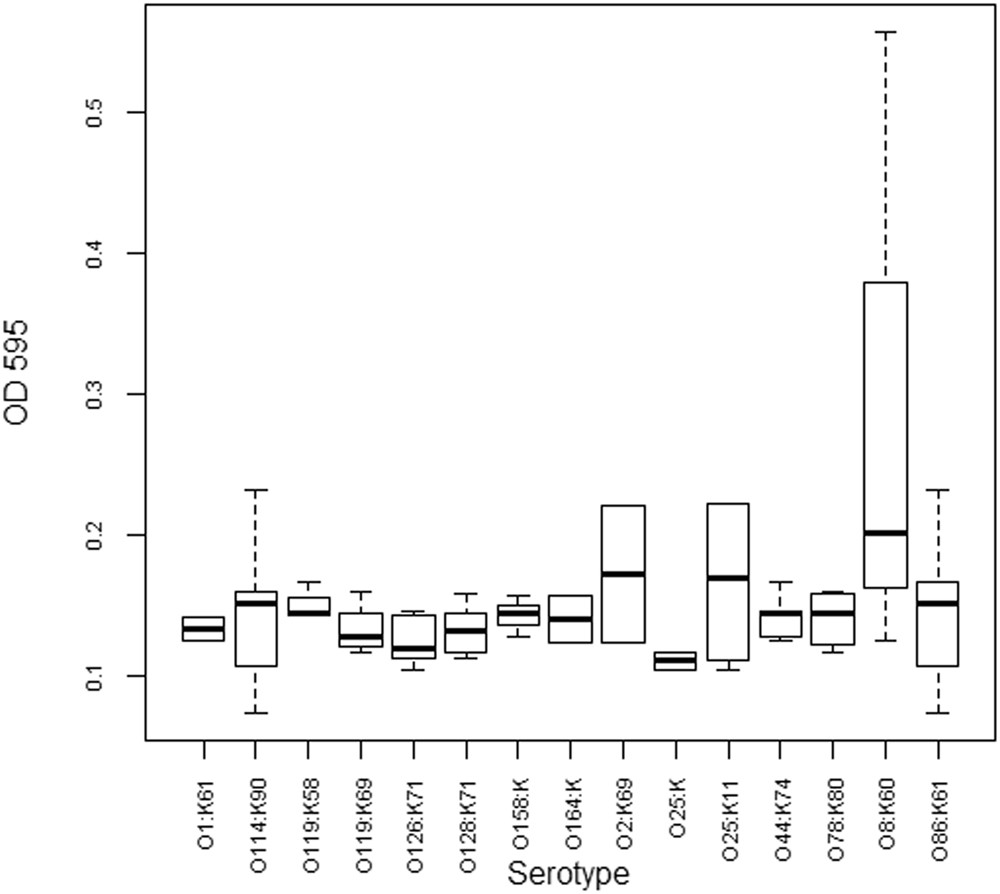



Poultry Hatcheries As Potential Reservoirs For Antimicrobial Resistant Escherichia Coli A Risk To Public Health And Food Safety Scientific Reports



2



2



2



2




Pdf Efficacy Of Kanamycin And Spiramycin For Controlling Respiratory Disease In Broiler Chicks Abd El Fatah T El Banna H R And Sedeik M E



Medications That Can Be Used In Poultry No Prescription Needed Backyard Chickens Learn How To Raise Chickens



2



2



Duramycin Tetracycline Dosage Backyard Chickens Learn How To Raise Chickens



1



Spiramycin




Maxvet Company Al Edlah Establishment For Poultry And Import



2



2




Spiramycin Oxytetracycline Bromhexine Paracetamol Tablets Advacare Pharma




Abstracts Cont Clinical Microbiology And Infection



2



0 件のコメント:
コメントを投稿